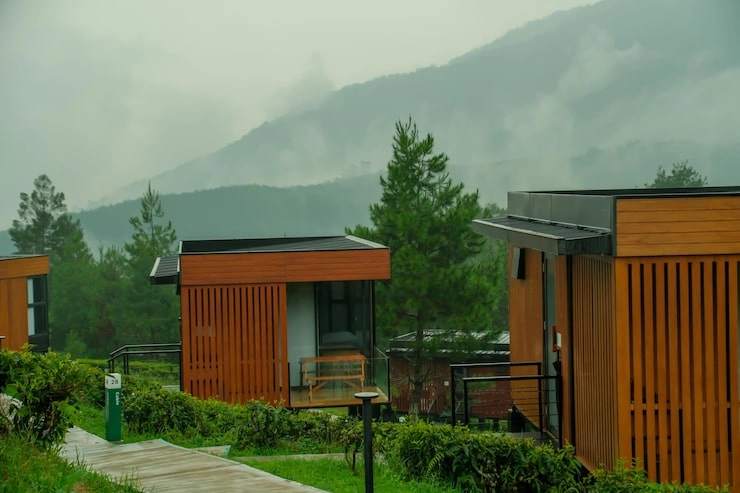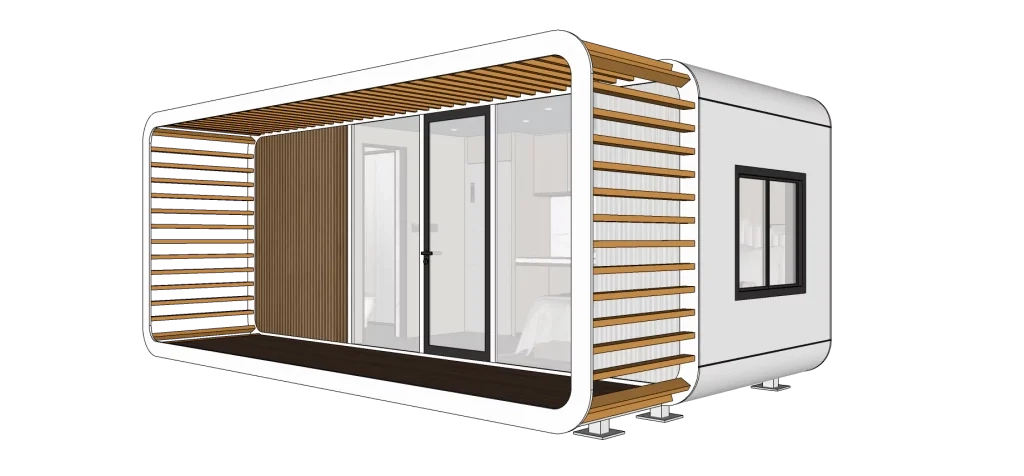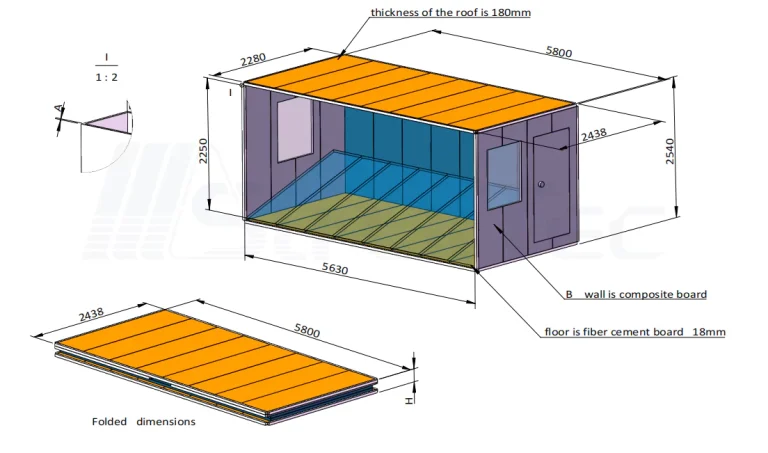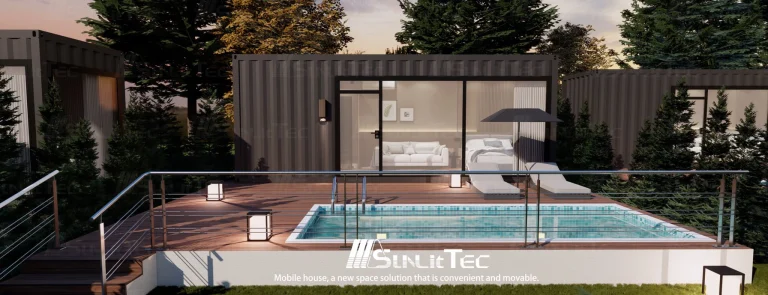
When looking at housing choices, lots of people are now considering new solutions. These options try to balance cost, sustainability, and efficiency. Among these, prefabricated homes have received a lot of attention. These factory-made structures offer a new-style alternative to regular construction. They promise faster build times and possible cost savings. But are they really a cost-effective choice over time? This article looks into the financial, environmental, and real-world sides of investing in a prefabricated home to see if they offer lasting value.
What Are Prefabricated Homes?
At its heart, a prefabricated home is a building constructed off-site in a managed factory setting. Then, it’s moved to its final spot for assembly. The main idea is efficiency. Doing most of the building in a factory leads to smoother processes, better precision, and a set timeline. This flexibility and natural affordability make prefab homes an appealing option for many people. It’s a great choice for first-time buyers and those who want eco-friendly living.
A key part of these homes is their modular design. Many are built with the idea of modularization, where each part is like a separate “building block.” It’s a simple concept. These modules can be factory-made, moved, and then quickly joined together on-site. For example, common container houses can be shipped in one piece or taken apart. What’s more, other complete designs, like self-contained capsules, are usually shipped as a single, whole set. This method does more than just speed up construction; it also greatly lowers on-site labor costs.
Among the different kinds, homes built with light steel frames are very popular. These buildings are put together on-site from factory-made parts. This method makes the construction period shorter and is often praised for its green benefits and long-term toughness.
Initial Investment vs. Long-Term Value
Putting money into a prefab home means you have to compare the initial costs with the possible savings and benefits down the road. Let’s break down the money side of things.
Upfront Costs and Financial Considerations
Right away, the cost of a prefab home can be less than a regular build. This is because of less labor and shorter construction time. However, buyers also need to plan for shipping, site prep, and foundation work. These costs can change a lot depending on the location and the home’s design.
كفاءة الطاقة وتوفير المرافق
One of the best long-term advantages of prefab housing today is that it is energy efficient. They’re terrific. Since they are built in a climate-controlled setting, they will be tighter, better insulated, and offer choices in green materials. That translates to enormous savings on utility bills over the course of the house.
Durability and Lifespan
Modular homes of today are built to be durable. For instance, structures built with premium-grade materials like the hot-dip galvanized steel tubes and aviation aluminum plates of the Sunlit Tec E3 Space Capsule are built to carry on despite harsh environments. You can put them on the mountains or by the sea. A properly maintained professionally made prefab home can last for just as many years as a conventional house, and that guarantees you of long-term value.

Factors That Influence Cost-Effectiveness
Several things affect how cost-effective a prefab home really is.
Location, Land Preparation, and Foundation
The location is a huge cost factor. You need a flat, hard foundation for most setups to make sure the structure is sound. For hilly or mountainous areas, other options like pier foundations can be used. This allows homes to be installed in tricky spots, but it might raise the initial costs.
Customization Options and Their Impact
Customization is great. It lets you create personal designs, but making a lot of changes can drive up the price. The trick is to balance your personal style with your budget. A well-thought-out model like the P3.2 Apple Cabin shows this balance perfectly. It adds a useful outdoor deck and privacy panels without changing the main, cost-friendly frame.

Transportation and Installation Logistics
Moving the home’s sections to the final spot takes planning and costs money. Designs like the C4 Container House, which uses a top-and-bottom split design, are specifically made to make shipping and setup easier. Thus, it’s a flexible and budget-friendly choice for many different locations.
Common Misconceptions About Prefab Homes
Even though they are getting more popular, some myths about prefabricated housing still exist.
Myth: They Are Lower Quality
That’s an old way of thinking. Modern factory standards and managed building environments often lead to better precision and stronger structures than many on-site projects.
Myth: They Have Limited Design Flexibility
Actually, the opposite is true. Modular design gives you a lot of room for customization. The market has everything from small cabins to multi-level business buildings like the C4 Double-Layered Shop, which proves that flexibility is one of their biggest strengths.

Myth: They Are Difficult to Finance or Insure
As these homes become more common, banks and insurance companies are getting more used to them. They now offer good financial products made just for prefabricated housing.
The Role of Energy Systems
Energy systems are very important for a home’s long-term value. Most prefab homes are designed to connect easily to the national power grid. For those who want more energy freedom and lower utility bills, many builders offer solar panels as an add-on. Besides, when you combine this with top-notch factory-installed insulation and ventilation, these features keep indoor temperatures comfortable all year. This greatly lowers heating and cooling costs.
Sunlit Tec: A Reliable Supplier of Modern Prefab Homes
Picking the right builder is key to getting all the benefits of a prefab home. A company like صنلايت تيك is a good example. They offer a line of products that directly delivers the advantages we’ve talked about. Their focus on high production standards and structural strength ensures a durable and safe home.
The E3 Space Capsule, with its strong materials and wide-open views, is built for comfort in beautiful and tough places.
The P3.2 Apple Cabin and C4 Container House show off useful and versatile designs. They are perfect for personal, retail, or office use where space and efficiency really matter.
On top of quality products, Sunlit Tec gives excellent support. This includes warranty coverage and replacement parts, adding another layer of value and confidence to your investment.
استنتاج
Investing in a prefabricated home gives you a great mix of affordability, efficiency, and sustainability. It’s a smart choice. By understanding the initial costs, long-term savings, and important design factors, buyers can make a smart decision. With trusted suppliers like Sunlit Tec leading the charge with new and dependable solutions, the future of housing looks very promising, and very prefabricated.
الأسئلة الشائعة
Q1: Are prefab homes a good investment for the future?
A: Yes, they can be a really solid investment. Their lower starting costs, energy efficiency, and growing popularity add to their value. As more people look for sustainable and efficient housing, a well-kept prefabricated home can provide a strong return on your money.
Q2: How long do prefabricated homes last compared to traditional homes?
A: Modern prefab homes are built with tough materials like light steel and aluminum. They can last 50 years or even more with good care. This is similar to the lifespan of regular homes. Their factory-managed construction often means you get consistent quality, which helps them last a long time.
Q3: Can prefab homes be customized to fit personal preferences?
A: Definitely. Today’s prefab homes offer a huge number of custom options. You can change everything from the layout and finishes to window styles and outdoor features. While big changes can affect the cost, many builders offer flexible basic designs that can be adjusted to fit what you like and need.



